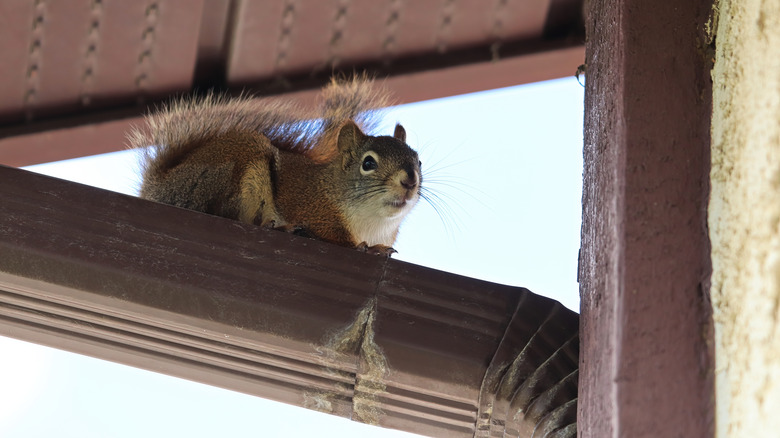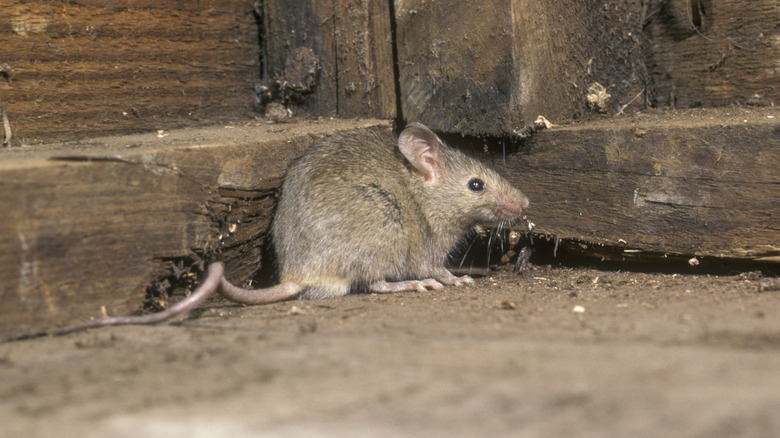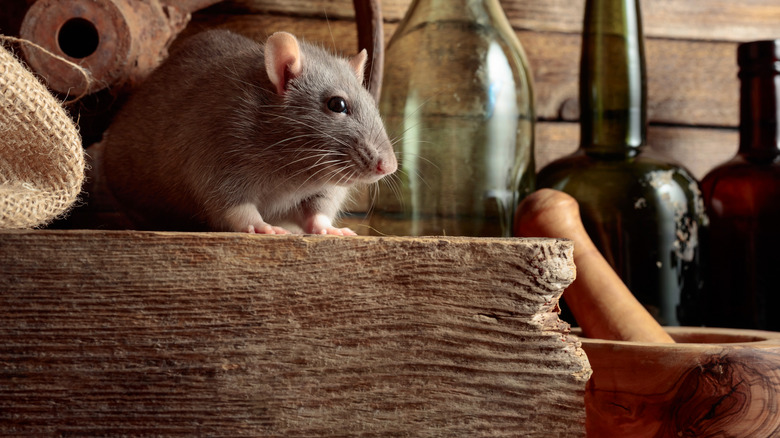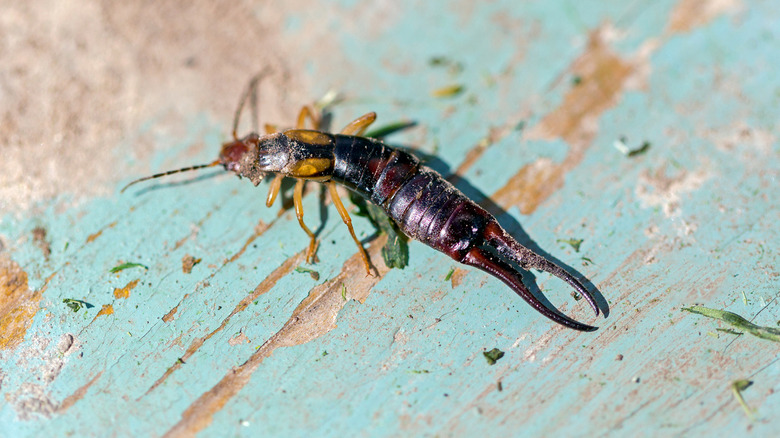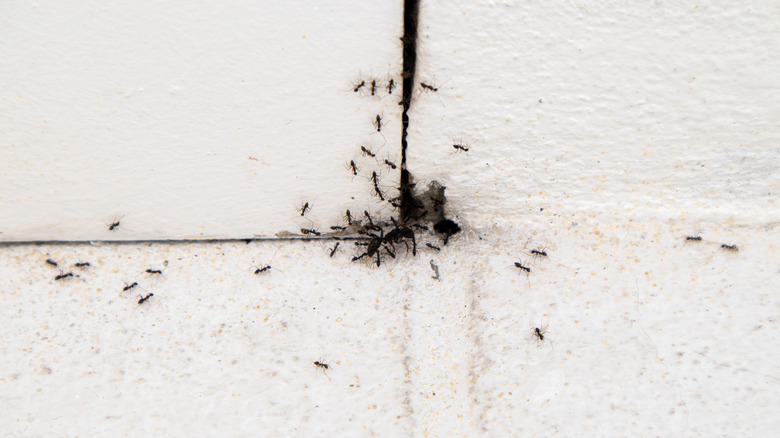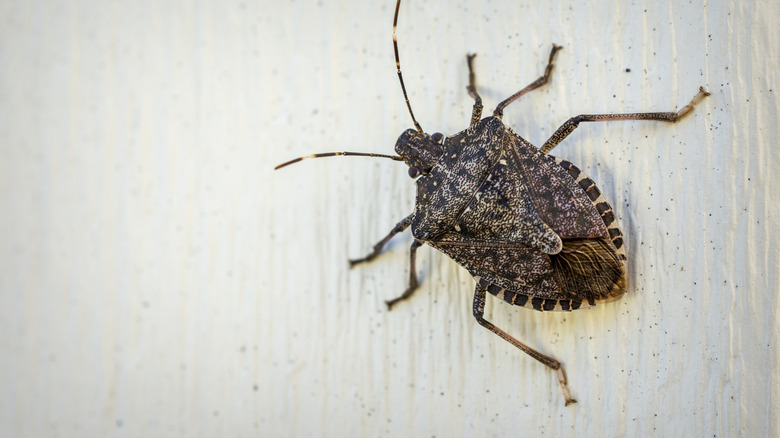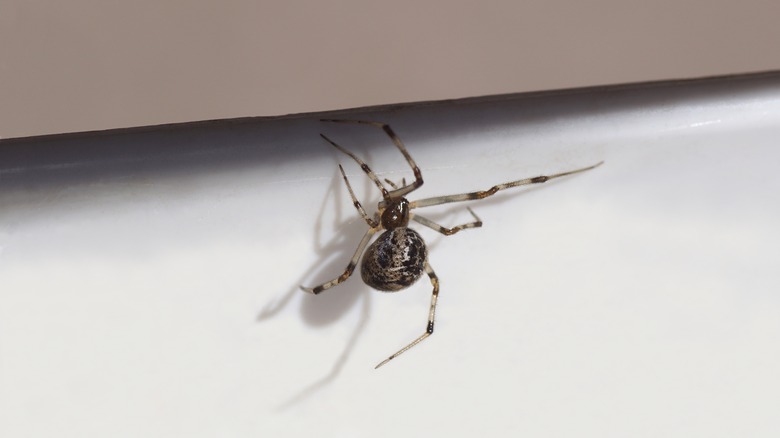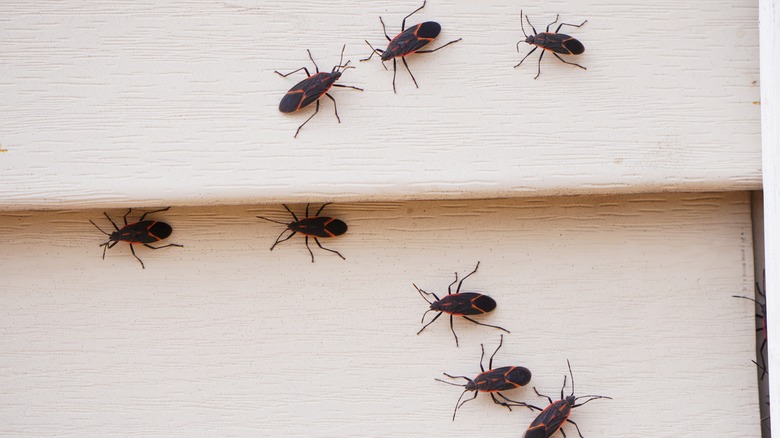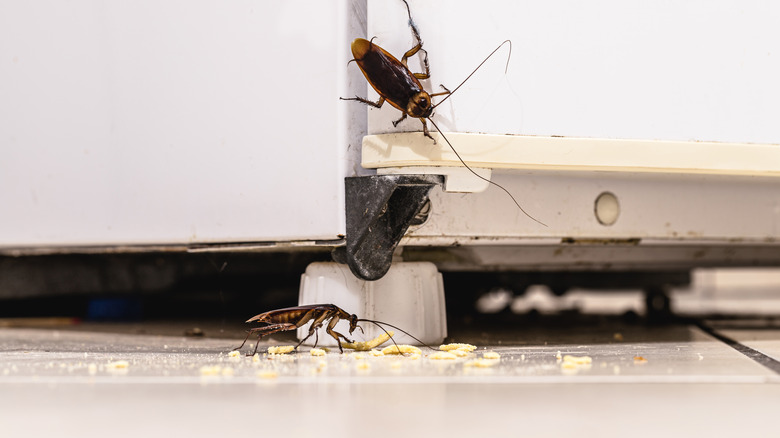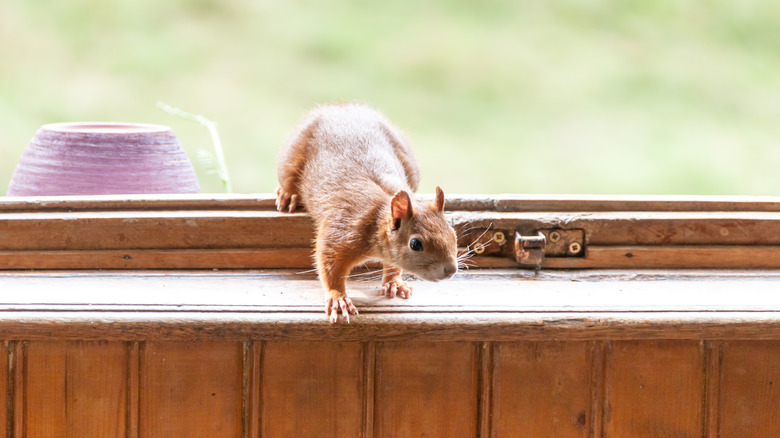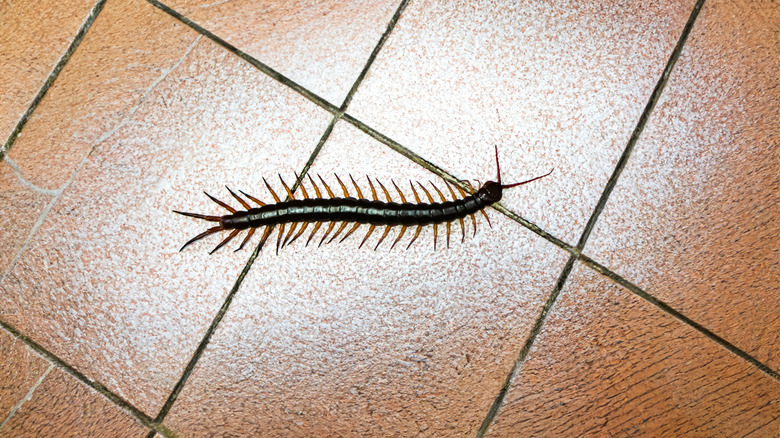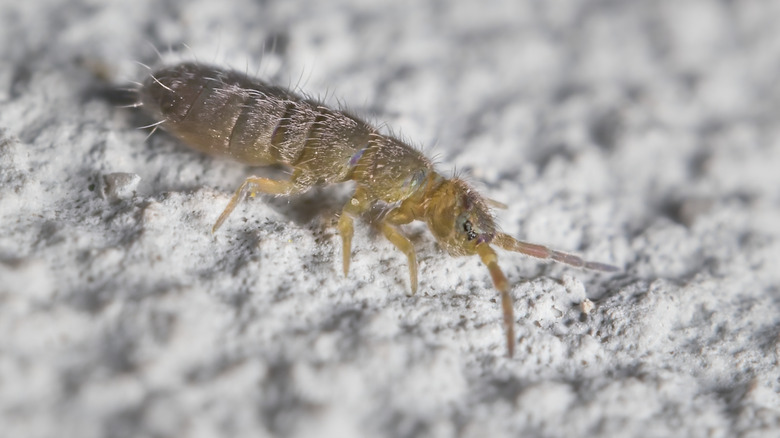11 Cold Weather Pests That Sneak Into Homes & How They're Doing It
Spring and summer are often associated with some of the more "buggy" months, when you have to deal with pests around your home and garden. As temperatures begin to decline, you might get some relief from certain summer pests, such as mosquitoes. This doesn't mean there's a decline in activity among all types of pests, though. A variety of insects, rodents, arachnids, and other pests remain active year-round. Unfortunately, you might see some of them in your home, too.
Most pests that sneak into your home during the winter do so for two main reasons. First, they're looking for a warm place to take shelter from the cold outside. If they can find a way to get into your home with ease, they will likely take this chance. Also, since the winter months can create food shortages for many pests, they might enter your home if they find available food sources, including insects, human food, or pet food. To keep them out, identifying the more common pests that enter homes during winter is important, as is understanding how they get inside in the first place.
Mice
Mice are some of the most notorious pests that infest homes when temperatures plummet. They might also target your residence if reliable food sources are nearby, such as bird seed. Mice can enter through openings as small as ¼ of an inch, making it easy for them to access your home if there are cracks or gaps. Mice often seek shelter in the attic, but they are also known to hide in cabinets and garages, too. Learn the mistakes everyone makes when dealing with a mouse infestation if you suspect this problem in your home.
Rats
Rats are also known to seek out spots in homes during the winter. Some rat species, such as roof rats, tend to hide out in attics as they look for shelter and possible nesting sites. Other rats, like larger Norway rats, may stay in the lower levels of your home and hide out in basements, boxes, and tool chests in garages. All rats have a reputation for eating and gnawing through almost anything, including siding and insulation. If given the option, they will get into your home through any small opening they can fit into.
Earwigs
Earwigs are harmless insects most commonly seen in yards and gardens during the summer months. They are known to occasionally enter human homes in the winter, though. During this time, earwigs enter buildings in an effort to find warmth and moisture. The insects can also pop up in large groups, making management more challenging. Earwigs primarily enter homes around entry points at the ground level, but they can also access your residence through vents and plumbing. Consider ways to keep earwigs out of your house with these tips throughout the whole year.
Ants
Ants are cold-blooded insects that often seek out warm places during the winter. There are several types of ants you may find in your home and garden to be aware of. They can enter through any small opening to access your home, where they will then try to stay and wait out the cold weather. Aside from shelter, ants also tend to hang out in human homes during the winter for food and moisture. Some may even build nests. If you have a winter ant problem, you'll most likely see them in your bathroom, kitchen, or basement.
Stink bugs
True to their name, stink bugs have a reputation for emitting smelly odors as a defense mechanism. Needless to say, you don't want these stinkers in your home at any time of the year. Making their way into your home when temperatures drop during the fall and winter, stink bugs easily fit through small gaps around windows, screens, doors, and even pipes. Once inside, they mostly try to stay put until the spring mating season begins. Once you detect them, you'll likely want to look into how to get rid of stink bugs in your home.
Spiders
Spiders are often synonymous with autumn, but these arachnids might also sneak into your home during the winter months, too. Unless you're dealing with venomous spiders, such as the black widow or brown recluse, most species don't cause any harm, and they're not there to bother your family or pets. Instead, spiders might take up residence in your home because they've found insects to eat, or they're looking for warm nesting spots. While they can fit through small gaps and cracks around the building, spiders can also enter your home via plumbing, vents, and pet doors.
Boxelder bugs
Boxelder bugs don't cause direct harm to humans or pets. The problem is that once they enter your home, they often do so in large numbers. These small bugs prefer to hang out in warm areas, which is why they find human homes so enticing during the cold winter months. Like other small insects, boxelder bugs may access your home via small gaps around windows and doors, as well as cracks in your foundation. Sealing these openings is one way to prevent boxelder bugs from getting into your home.
Cockroaches
Seeing cockroaches is never a welcome sign. These insects not only transmit diseases but can aggravate allergies and asthma, and they're just unpleasant all around. They're also notorious for fitting inside any tiny gaps and pipes around your home. During the winter, the presence of cockroaches likely means you have food sources they're interested in. As such, you'll want to make sure your home is as clean as possible, and that any crumbs, dirty dishes, and pet food spills are dealt with immediately. Placing dry goods in sealed containers can also help deter cockroaches.
Squirrels
If you're starting to hear scratching in your attic, you could have a mouse or rat problem on your hands. Squirrels are other possible rodents that can enter your home during the winter, too. Like rats and mice, squirrels sometimes like attics for places of shelter, but they also look for places to nest during the winter, too. Squirrels may access your attic via openings in soffits and siding—they may even gnaw through these materials! Before each winter, you'll definitely want to explore tips that'll prevent squirrels from taking over your attic.
Centipedes
Centipedes are another unwelcome sight to have in your home. Not only can these pests bite humans during encounters, but their venom can cause allergic reactions in some people, too. Centipedes sneak into your home via small openings around windows and doors, such as cracks and broken caulk lines. They might find your home more enticing during the winter months if there are sources of food there, namely, small insects. To that end, taking care of insect infestations will make your home less inviting to these arthropods.
Springtails
Springtails are tiny arthropods that thrive on moisture. They can sometimes appear in homes during colder months as a way to escape dry air. Springtails are often mistaken for fleas because of their jumping abilities. Unlike fleas, though, they don't bite. Nevertheless, these pests can quickly become a nuisance because they invade in large numbers. Due to their need for moisture, you're most likely to see them around sinks, tubs, and other water sources. In fact, leaking pipes are the most common way springtails may get inside your home.
